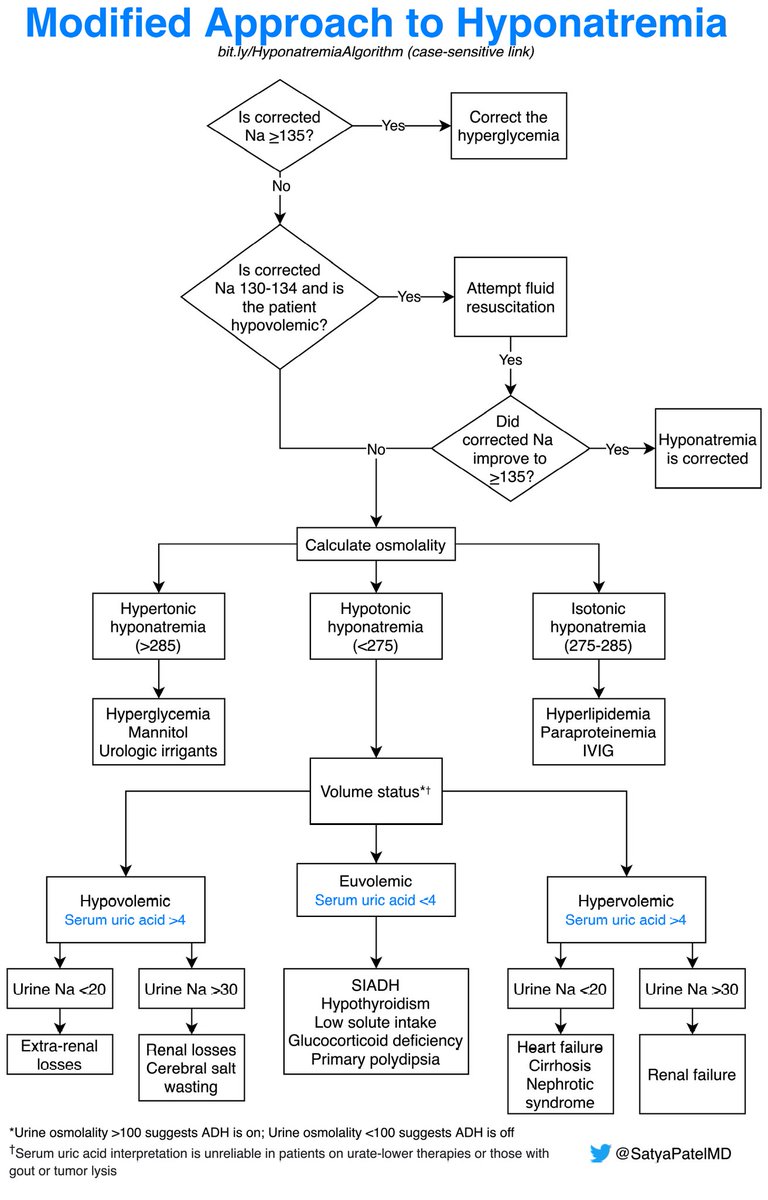
1/15 Disposition from the hospital can be confusing, so let's review two potential options that are often mixed up:
- SNF
- RCFE
#MedEd #MedStudentTwitter #MedTwitter #FOAMEd
@kelleychuang reminded me that prepping dispo should happen in advance, so let's review before Monday!
- SNF
- RCFE
#MedEd #MedStudentTwitter #MedTwitter #FOAMEd
@kelleychuang reminded me that prepping dispo should happen in advance, so let's review before Monday!
2/15 A SNF is a Skilled Nursing Facility. These facilities require INSURANCE. There are two durations of stays:
- Short-term (for skilled needs)
- Long-term (for custodial care)
- Short-term (for skilled needs)
- Long-term (for custodial care)
3/15 Which of the following is NOT an example of a skilled need?
4/15 The answer is "Foley catheter care." Medicare defines a skilled need as one of the following nine things: medicareadvocacy.org/medicare-cover… 

5/15 SNFs can also be broken down by their ability to handle patients with high risk of harm if they were to elope:
- Open
- Secured
- WanderGuard
- Open
- Secured
- WanderGuard
6/15 Open SNFs can care for patients with capacity. A secured SNF is for a patient with dementia who has high elopement risk.
7/15 A WanderGuard SNF is for patients with dementia who have low elopement risk (an alarm will go off after they cross a threshold to allow staff to redirect them to their room).
8/15 If a patient with dementia is bedbound, do they have to be placed in a secured SNF?
9/15 The answer is "No." The value of a secured SNF is that they are able to prevent elopement! Now onto RCFEs.
10/15 Which subtype of SNF requires a DPOA to sign the patient in?
11/15 The answer is "Secured." For the other subtypes, as long as there is a reliable surrogate, the patient may go to the SNF.
12/15 RCFE stands for Residential Care for the Elderly. This encompasses Board and Cares (B&C) and Assisted Living Facilities (ALFs). These facilities require MONEY. There are two types:
- Open
- Secured (Memory Care)
- Open
- Secured (Memory Care)
13/15 RCFEs can provide a lot of services (notably, they almost never take patients with indwelling Foley catheters): caassistedliving.org/about-assisted… 

14/15 @COREIMpodcast made this excellent infographic that nicely covers some of this: coreimpodcast.com/2020/06/10/snf… 

15/15 This is a lot of info, but it is critical in being able to safely discharge patients from the hospital. Every state has different regulations, so learn them from your social workers and case managers. Here is a table that summarizes this thread. Feedback is welcome! 

• • •
Missing some Tweet in this thread? You can try to
force a refresh











